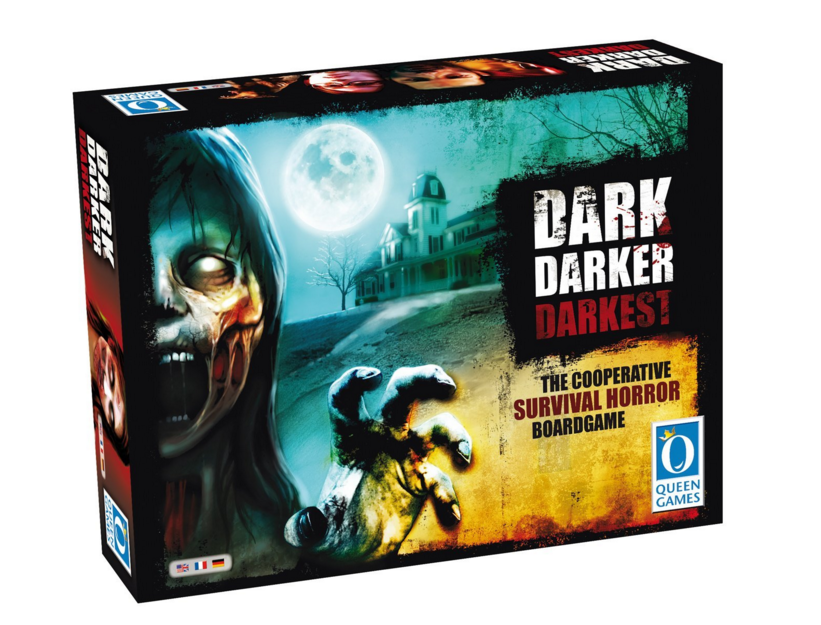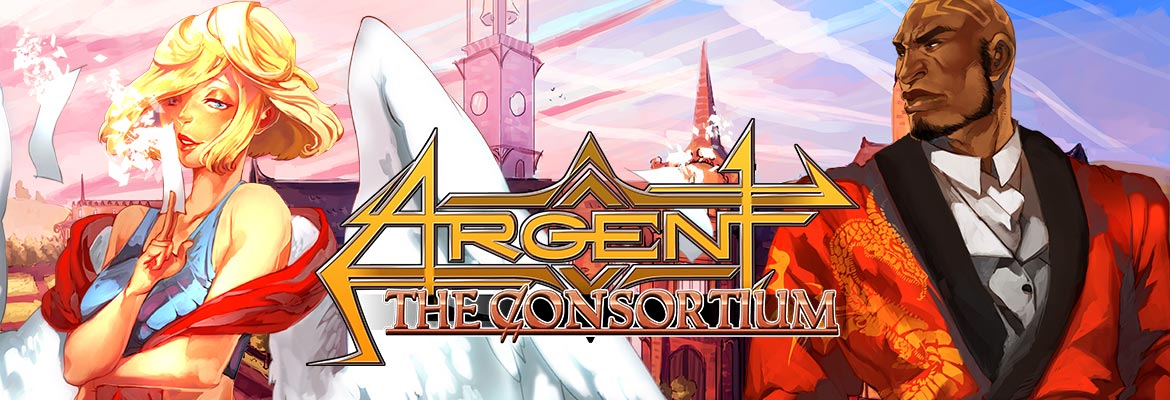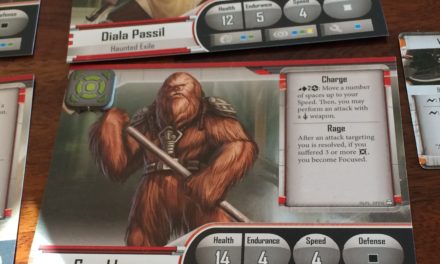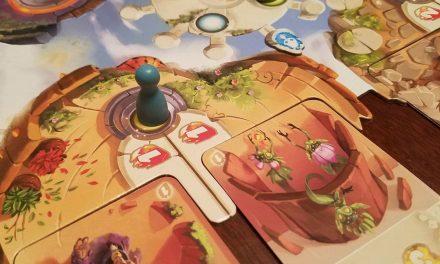Zombicide is probably the best known and most beloved of the Kickstarter cooperative zombie fighting games. Each of the initial “seasons” of Zombicide, three in all, were modern day zombie-survival board games with miniatures. The game pits the players, called survivors, against a zombie horde in the city streets.
Each game board features buildings, where you can find gear to help you better fight the zombies, but which have a chance of also hiding zombies. Each board will also have several zombie spawn sites where more zombies appear at the end of each turn. The game is designed by France’s Guillotine Games and distributed worldwide by CoolMiniOrNot.
The first three seasons created a couple of interesting things for collectors and gamers. One, several survivors are based on famous movie and television characters, including Chuck Norris, Danny Trejo and the entire cast of Big Bang Theory. And two, some of the characters are only available through the Kickstarter, creating a huge secondary market for the game. Characters like “El Chollo,” based on Danny Trejo and “Dave,” the Sheldon Cooper-esque character, have sold for more than $100 each on eBay.
The Season 2 and Season 3 editions offered new survivors, additional rule options and new locations, but the ability to play with the previous editions as well. For its 2015 Kickstarter, Guillotine Games decided a little change was necessary. Instead of just giving the game another location in the modern world, they opted to take players back in time to fight zombies in the Middle Ages. Zombicide: Black Plague builds on the rule set familiar to Zombicide players, but changes the setting.
Zombicide: Black Plague Gameplay
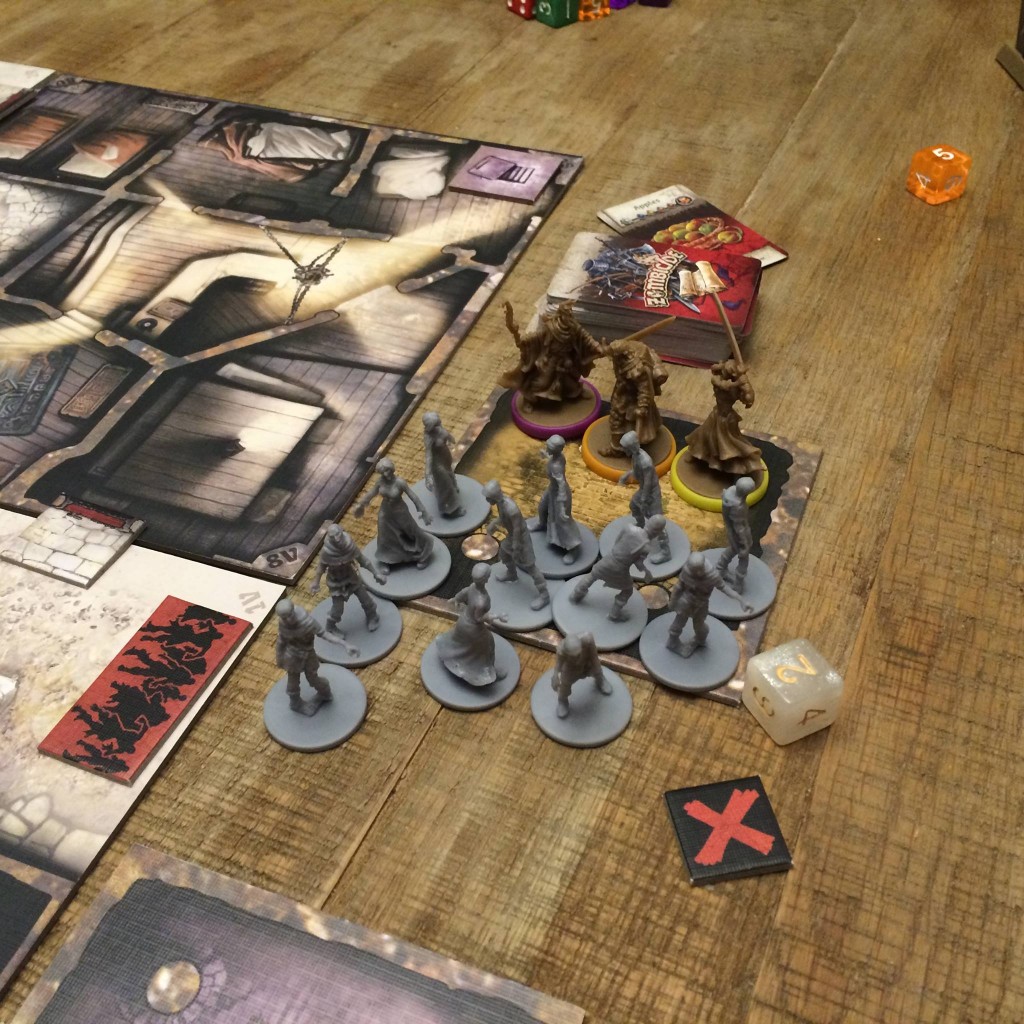 There are a few major changes to game play as well. In the core set, the board is just six tiles instead of the nine for most modern Zombicide scenarios. That makes game play much more quick and deadly. It also adds an explanation for the zombies: necromancers.
There are a few major changes to game play as well. In the core set, the board is just six tiles instead of the nine for most modern Zombicide scenarios. That makes game play much more quick and deadly. It also adds an explanation for the zombies: necromancers.
Black Plague adds in a chance that each zombie spawn phase will include the spawning of a necromancer and every time a necromancer appears on the board, he adds another spawn site. More spawn sites means zombies show up even more rapidly. Players can eliminate the extra spawn site if they can kill the necromancer before he exits the board.
In most other ways, game play is basically the same as previous seasons of Zombicide. Instead of a Molotov cocktail to destroy an abomination you need dragon bile and a torch, but mostly things work the same. There are some improvements and changes that add a different flavor to the game. New character holders allow for much easier tracking of your experience and new skills. You can also now have an item in each hand, armor and up to five items in your backpack. Fatties no longer spawn with two walkers to escort them, but they come up much more frequently and abominations show up fairly often as well.
For experienced Zombicide players, the introductory scenario is fairly easy and lets you get accustomed to the new look of the game without worrying about necromancer rules. But move on to the first scenario and be prepared to die. We played with four friends and started with the first scenario. In it, the survivors have heard that the cause of the plague is in the little village they are about to visit. Once there, they must destroy a necromancer and an abomination as well as collecting five objectives, evidence against the foul necromancer, to destroy his lab and stop the zombie attacks.
The scenario kicked our butts. The first door we opened had one of the objective tokens in the first room. When we picked it up, we found it was the necromancer and when we pulled the card to find out what host of undead he had with him, it was an abomination! We had searched exactly one time, meaning we had six characters outfitted with starting gear and an abomination to kill in the first round. Most of the characters ran away, but the one who had already searched and the one who found the necromancer were stuck in the room with them, meaning they were wounded in the first round.
As bad as the first round was, it would only get worse. Because the first characters died within the first two rounds of the game, we decided to house rule that characters would respawn at the starting point after they died. When a double walker activation killed three characters in one action, we acknowledged that we had been beaten, but we’re all anxious to play again. While bad luck played a part in our defeat, it was also a strategic error. We knew that one of the five objectives would spawn a necromancer, but the third player to go picked it up anyway. Maybe he wanted the experience or maybe he wasn’t paying attention. Either way, his decision hurt the party.
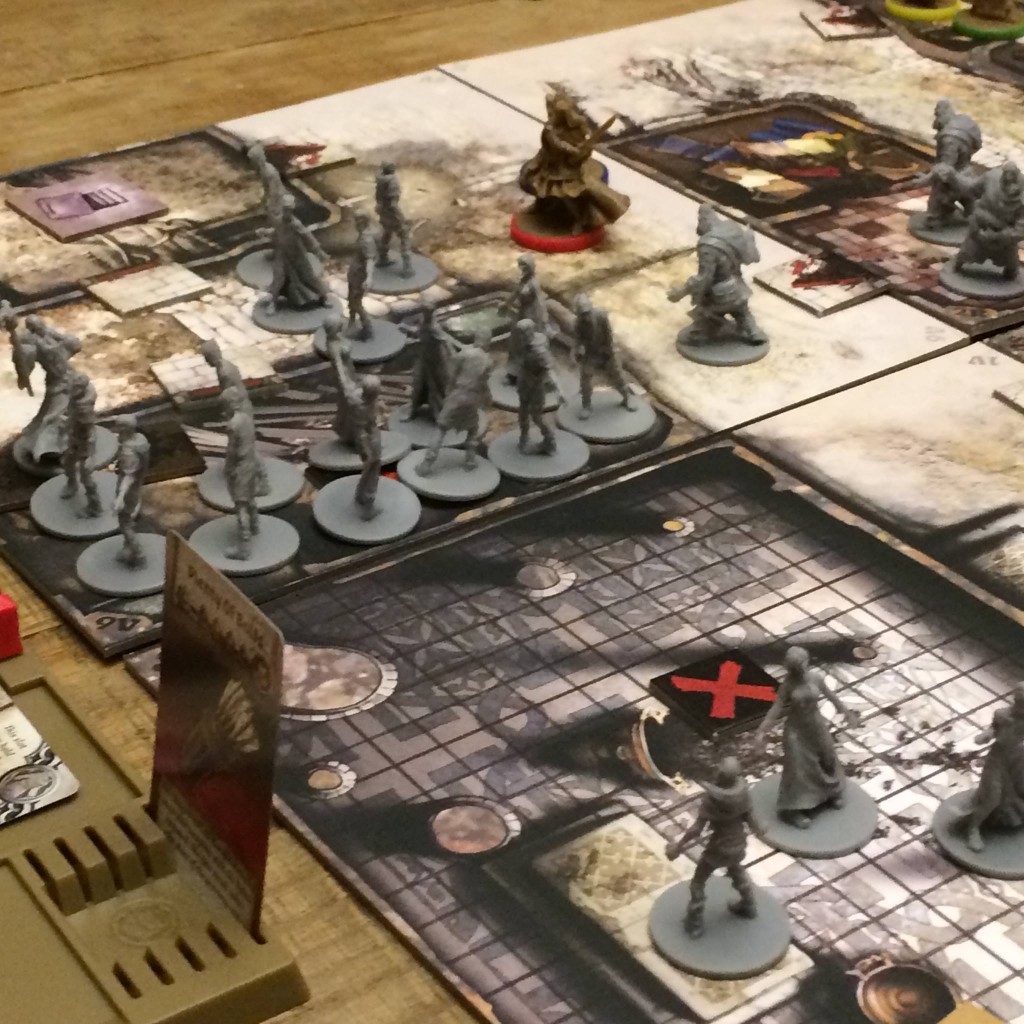
In fact, it hurt the party in two ways. First, it spawned a necromancer and an abomination that we were totally unprepared to fight. Second, it moved him one experience point away from the next level. One of the great parts of Zombicide gameplay is that survivors get better as they gain more experience. They start at blue level, then move to yellow, then orange and eventually red. The downside is that as soon as one person in the group reaches the higher level, the zombie spawn is based on that higher level. So when our third player picked up the five point objective, he also made it impossible for us to remain at blue level for more than one round.
In the end, our wizard, who thought he was going to be able to kill a bunch of walkers with a fireball spell, got too close to them. They got the card that gave them double movement and suddenly 15 walkers were eating three of our party members. The rest of us ran off in disgrace, letting the necromancer and his zombies win the day.
At the time of its Kickstarter, Zombicide: Black Plague was the highest funded tabletop game. It’s still the top in its genre, but Exploding Kittens is the most funded game. The Zombicide franchise has raised more than $9 million on Kickstarter and CoolMiniOrNot rushed to get most of the backers their core set by the end of 2015. Other Kickstarter goodies will come later, including additional survivors. The core set has six.
Final Analysis
We love Zombicide, but weren’t sure how moving it to a fantasy setting would hold up. We also weren’t sure if this would just be a reskinning of the original game. Happily, moving to the fantasy setting isn’t a problem. Adding magic and dragon’s bile in the place of guns and Molotov cocktails works. Thankfully, Guillotine Games also changed up the game play just enough to keep the familiar elements of the original while adding new challenges and making Black Plague a game worth playing in its own right. We’d keep this one even if it wasn’t part of our Zombicide collection.
Have you played this game? Let me know what you think about it in the comments!


